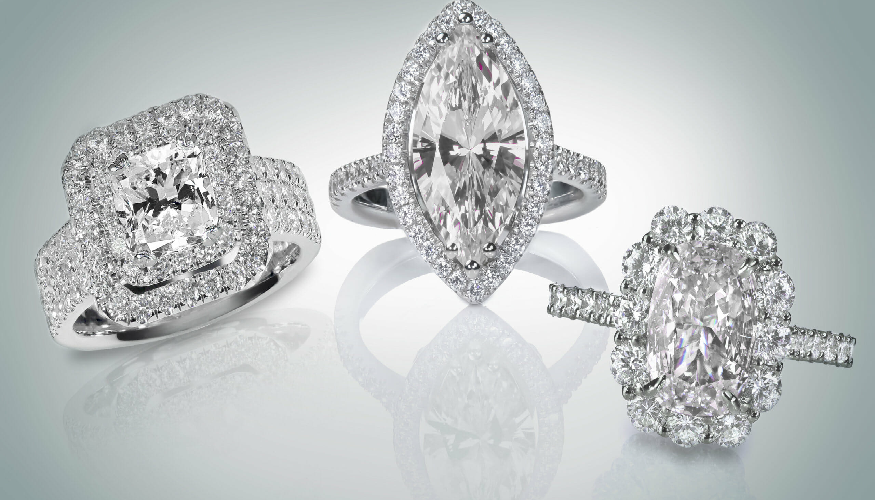Most people use the term carat to describe a unit of weight for precious gems, and the metric unit called a karat is often used to measure how pure silver is. But what about diamonds? Because diamonds get their distinctive shape from a crystalline structure, they can be measured in proportions known as points. If you’re ever in the market for a piece of jewelry, there are two important measurements to know: carats and karats. Carats measure weight and karats measure purity. But what’s the difference between carat and karat? And what is each measurement exactly? What do Estate Jewelry Buyers really look for in them?
CARATS:
Carat is a unit of measurement that reflects the weight of an object. Traditionally, this includes precious stones like diamonds and pearls but can also be applied to other items such as plastics and glassware. Carat measures the weight of one gram of a substance. For example, if you have a necklace with a total weight of 4 carats, then the measurement on that necklace would be four grams.
KARATS:
One karat is equal to 24 carats. A purer unit, karat measures how pure an object is and how much light it absorbs as well as its hardness or toughness. The best way to think about it is that a karat measures how much your piece weighs relative to how pure your gem is—and therefore how much you can afford to pay for it. Many people get confused between carats and karats, thinking they mean the same thing. In fact, they are often used interchangeably in the world of jewellery and gems. But if you want to avoid disappointment in your purchase, it helps to know that a carat is a unit of weight for gems, whereas a karat is a unit of measurement for precious metals.
DIFFERENCE BETWEEN CARATS AND KARATS:
The difference between carats and karats can be difficult to understand without knowing the history of precious metals. The word “carat” literally means “cause of a carat,” which is where the unit’s name comes from. The word “carat” came from an old term for the weight of gold, which was based on a small denomination unit called the carat. A carat is approximately equal to 1/5 of a gram, and was one of the more common units used by Estate Jewelry Buyers to measure gold in.
The term “karat” comes from an Arabic word that translates as “pure.”
In the old days, gold was sometimes mixed with other metals to make it less expensive, so jewelers used a method called firing to test whether their gold was pure enough. They would mix the gold with mercury and heat it in an oven or kiln. If it melted, they would know the gold wasn’t pure enough because mercury itself is a liquid metal at room temperature. If it didn’t melt, they knew that the gold was pure enough and would say “it has passed the karat test.”
Today, diamond cutters use the carat to measure a diamond’s weight. The system for measuring a diamond’s weight is a little different from that of gold because diamonds are crystals. If you have studied up on your science class you know that bananas are also made of crystals—and not always perfect ones at that. The same goes for diamonds, which means they have impurities in them called “inclusions.” The more impurities there are in a diamond, the less sparkly it will be, and vice versa.
WHY CARATS AND KARATS ARE MORE THAN JUST WEIGHTS?
While the carat and karat are both units of measurement, they have a few key differences. For instance, the carat is a traditional unit of weight that has been used by jewellers for centuries to measure gems. A karat, on the other hand, measures how pure an object is and how much light it absorbs as well as its hardness or toughness. Obviously, they both have their uses in the world of precious metals and jewels.
WHAT IS THE BEST WAY TO AVOID CONFUSION?
The simplest way to avoid confusion between the carat and karat is to understand which measurement is being used when. The word “carat” refers to a unit of measurement for gemstones, whereas a karat refers to a measurement for precious metals.
You can also make sure you are using the correct terminology by familiarising yourself with the history behind each measurement standard. For example, if someone were to ask you what the actual weight of a particular diamond was, you would know that a carat is equal to 1 gram. But if someone were asking you what the purity of a diamond was, you might respond with “which karat?” and mean it would be measured in terms of how pure that diamond was in relation to its weight.

